Introduction
In the vast culinary landscape of Asia, Chinese dumplings stand as a testament to the art of combining flavors, textures, and presentation. Among the myriad of dumpling varieties, shumai, a delicate and flavorful steamed bun originating from southern China, holds a special place. One particularly beloved variant is the “three-delicacy shumai,” a dish that promises a harmonious blend of seafood, pork, and vegetables, encapsulated in a thin, translucent wrapper. This article aims to guide you through the meticulous process of crafting this exquisite delicacy from scratch, ensuring that every bite is a celebration of taste and texture.
Section 1: Understanding the Ingredients
Before diving into the preparation, it’s crucial to familiarize yourself with the key ingredients that define the essence of three-delicacy shumai.
- Wrappers: Traditional shumai wrappers are made from wheat flour and water, rolled into thin, circular sheets. Alternatively, you can use store-bought wrappers to simplify the process.
- Pork Filling: Finely ground pork provides the base flavor and texture. Choose pork with a good fat-to-lean ratio for juiciness.
- Seafood: Shrimp and scallops are the stars of this dish. Fresh, peeled, and deveined shrimp, along with tender scallops, add a seafood sweetness and a luxurious mouthfeel.
- Vegetables: Fresh bamboo shoots, water chestnuts, and Chinese chives offer crunch, freshness, and a subtle sweetness that balances the richness of the meat and seafood.
- Seasonings: Soy sauce, sesame oil, Shaoxing wine, ginger, and garlic enhance the flavors, while white pepper and salt provide essential seasoning.
- Garnishes: A drizzle of soy sauce, a sprinkle of chopped green onions, and a dash of chili oil can elevate the dish to new heights.
Section 2: Preparing the Filling
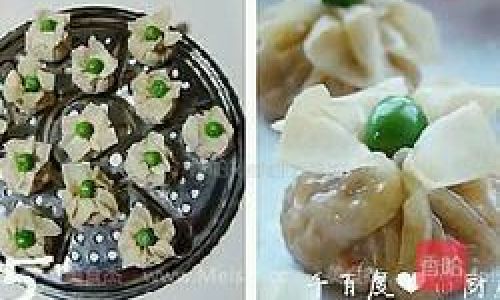
The filling is the heart of any shumai, and its preparation requires precision and attention to detail.
-
Prepare the Pork:
Start by placing the ground pork in a large mixing bowl. Add a tablespoon of soy sauce, a teaspoon of sesame oil, a tablespoon of Shaoxing wine, minced garlic, and grated ginger. Mix well until the pork is evenly coated with the seasonings. Let it marinate for at least 15 minutes to allow the flavors to meld.
-
Prepare the Seafood:
- Clean and chop the shrimp into small pieces, ensuring they retain some bite. Do the same with the scallops. Avoid over-processing as you want to maintain their texture.
- In a separate bowl, combine the shrimp and scallops with a pinch of salt, a dash of white pepper, and a teaspoon of Shaoxing wine. Mix gently to avoid breaking up the pieces.
-
Prepare the Vegetables:
- Peel and finely dice the bamboo shoots and water chestnuts. Chop the Chinese chives into small segments.
- In a pan over medium heat, add a small amount of oil and sauté the diced bamboo shoots and water chestnuts for about 2 minutes until they soften slightly. Remove from heat and let them cool.
-
Combine the Ingredients:
Once all components are ready, combine the pork, seafood, and sautéed vegetables in a large bowl. Add another tablespoon of soy sauce, a teaspoon of sesame oil, and adjust the seasoning with salt and white pepper to taste. Mix gently but thoroughly to ensure an even distribution of flavors and textures.
Section 3: Wrapping the Shumai
Wrapping shumai is both an art and a skill that takes practice to perfect. Here’s a step-by-step guide:
-
Prepare Your Workspace:
Lay out a clean, dry surface and place a damp cloth under your shumai wrappers to prevent them from drying out.
-
Shape the Filling:
Take a small portion of the filling (about a tablespoon) and place it in the center of a shumai wrapper. Avoid overfilling as it will make wrapping difficult and can cause the shumai to burst during steaming.
-
Pleat the Wrapper:
- Gather the edges of the wrapper around the filling, pleating them as you go. The goal is to create a small pouch with an open top that allows the filling to peek through during steaming.
- Lightly moisten the edges of the wrapper with water to help seal them.
-
Create the Signature Shape:
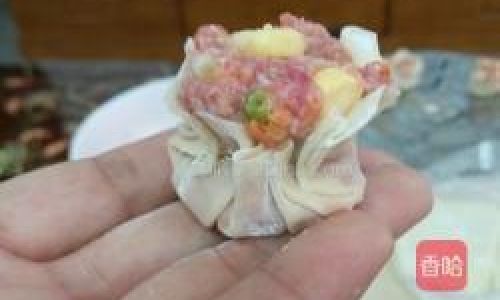
To achieve the classic shumai shape, gently pinch the top of the pouch to create a small pleat, then let the rest of the filling slightly spill out. This not only looks appealing but also ensures even cooking.
-
Place on Steaming Tray:
Arrange the wrapped shumai on a lightly oiled steaming tray, leaving some space between each one to prevent sticking.
Section 4: Steaming the Shumai
Steaming is the final step that brings all the elements together, transforming the raw ingredients into a tender, flavorful masterpiece.
-
Prepare the Steamer:
Fill a large pot with water and bring it to a boil. Place the steaming tray inside the steamer basket.
-
Steam the Shumai:
Once the water is boiling, cover the pot and steam the shumai for about 8-10 minutes. The cooking time may vary depending on the size of your shumai and the power of your steamer, so it’s best to check them after 8 minutes. They should be translucent and the filling should look cooked through.
-
Serve Hot:
Carefully remove the steaming tray from the pot and let the shumai cool slightly before serving. Arrange them on a serving plate and garnish with chopped green onions, a drizzle of soy sauce, and a dash of chili oil if desired.
Section 5: Tips for Perfect Shumai
- Quality Ingredients: Always use fresh, high-quality ingredients for the best flavor.
- Practice Wrapping: Perfecting the shumai shape takes time and practice. Don’t be discouraged if your first attempts don’t look perfect.
- Watch the Cooking Time: Overcooking can turn your shumai soggy, so keep a close eye on them during the steaming process.
- Serve Immediately: Shumai are best enjoyed hot and fresh. If you need to keep them warm, you can place them in a preheated oven at a low temperature until ready to serve.
Conclusion
Making three-delicacy shumai is a labor of love that rewards you with a dish that is as visually appealing as it is delicious. Each bite offers a symphony of flavors and textures, from the tender pork and seafood to the crunchy vegetables and the soft, translucent wrapper. With patience, practice, and a commitment to using the best ingredients, you can master this culinary art and delight your family and friends with a truly authentic and memorable dining experience. Happy cooking!
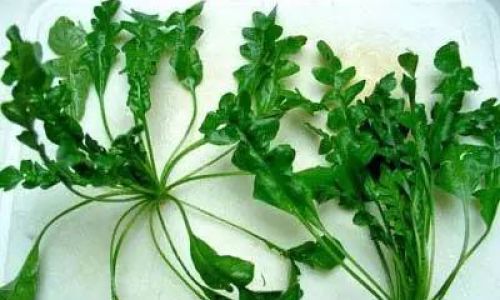
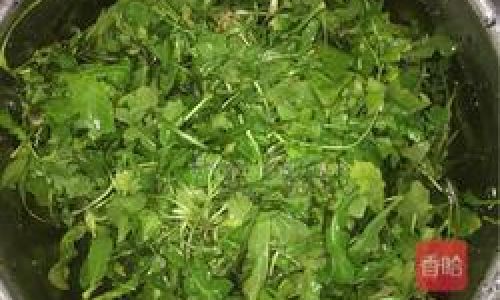
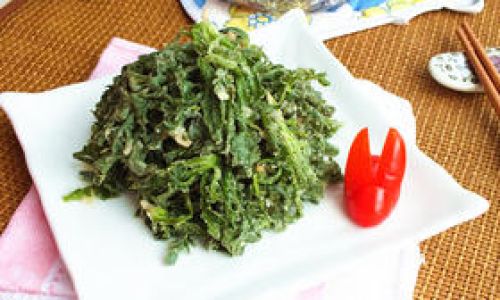
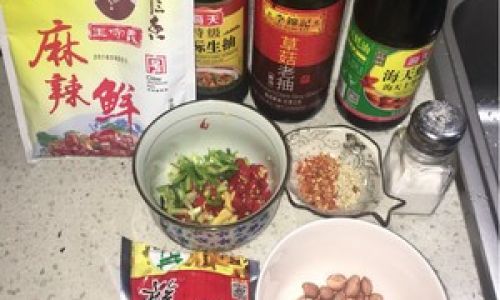
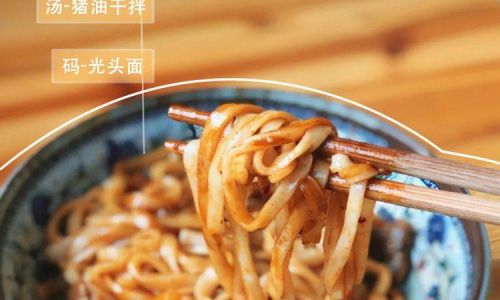

0 comments